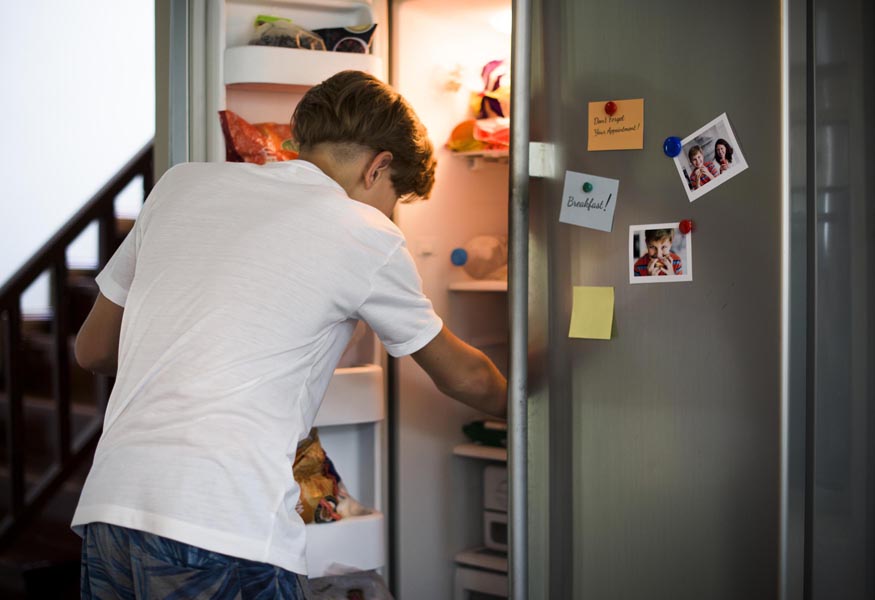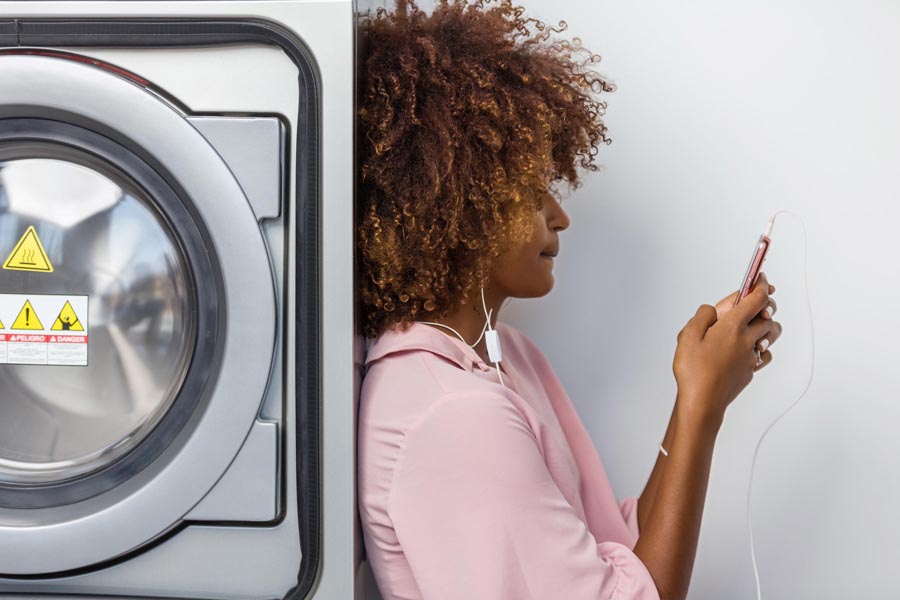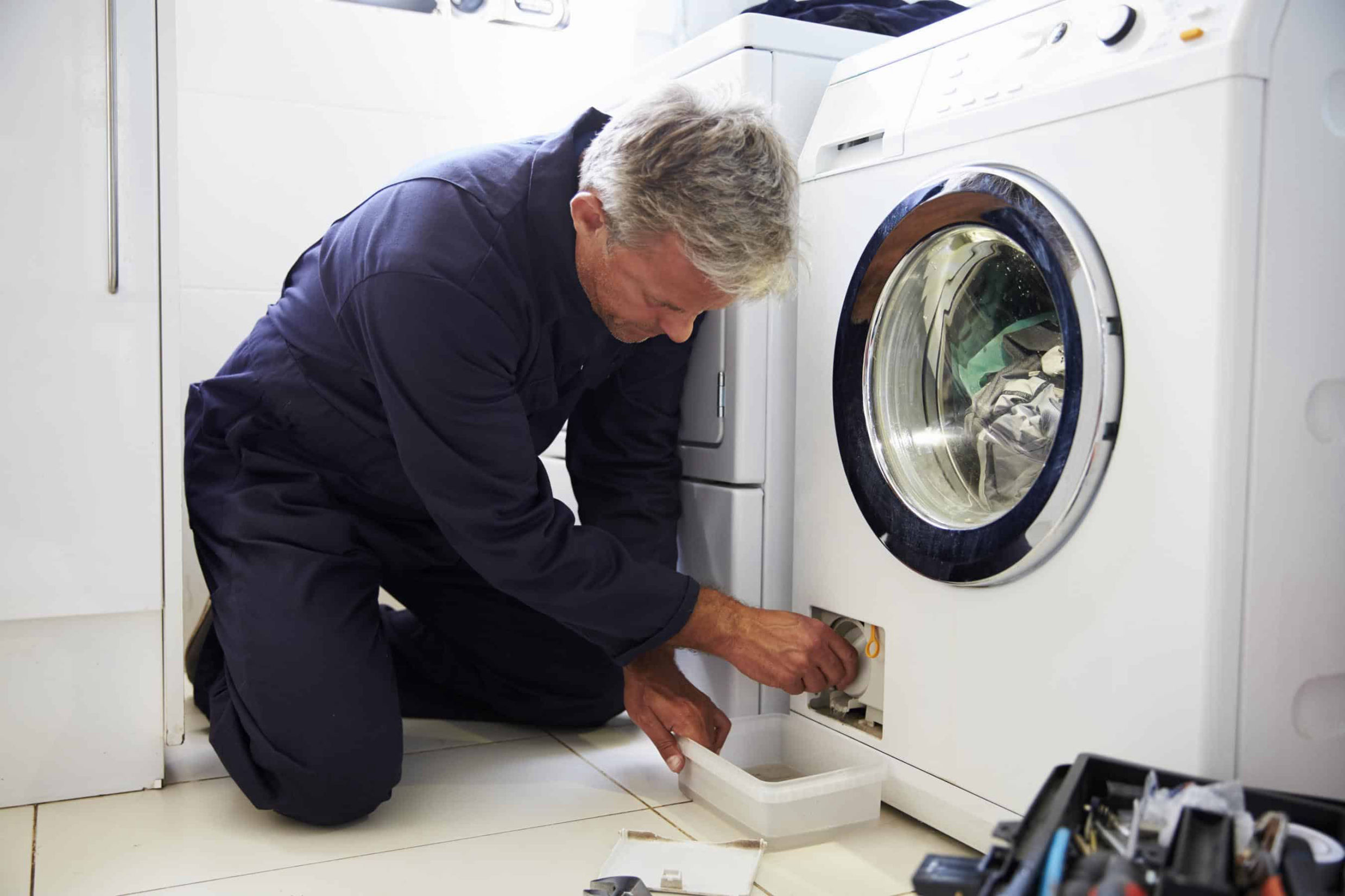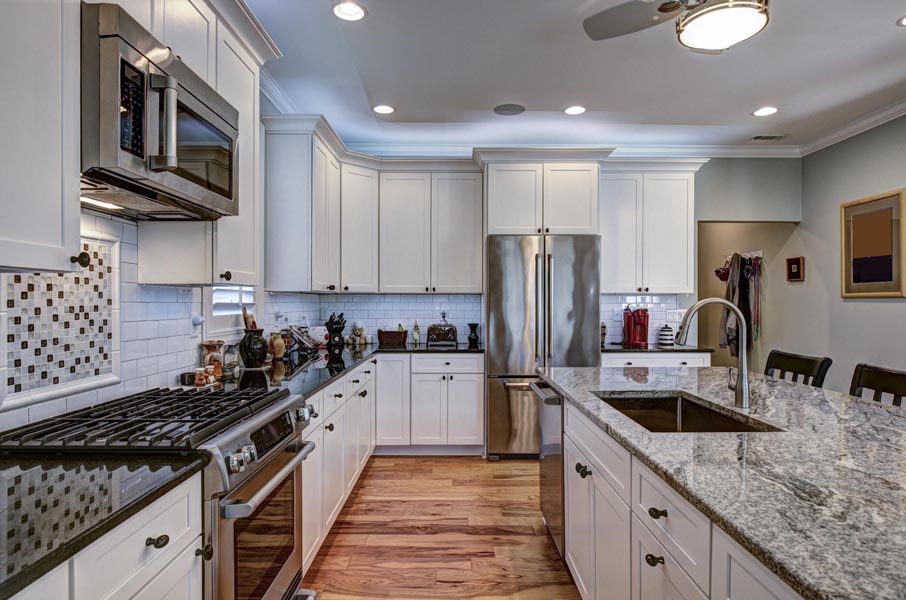Some ovens, whether a built-in oven, a drop-in or freestanding range are so sophisticated that the problems that often arise can completely stop a family in its tracks. “What, no dinner?” As with cooktops, ovens come in two flavors, electric and gas. Actually, if you are very trendy and can afford it, there is a third option; and that is a wood/coal/oil burning range. Probably the most famous brand is AGA. Generally speaking though, I believe the new ones are either gas, electric or dual fuel. If you really want a wood/coal/oil burning range and can find an antique, please invite me round for the ribbon-cutting.
If you're in a situation where your gas oven won't light, this is very often caused by a failed hot surface igniter or burner igniter. This can be a something you can replace yourself but, because it's pretty fiddly and old screws can be tricky to remove, it's probably wise to call a technician. If you come across something that is jammed, you will likely need to call a technician anyway. Unless, you're pretty handy.
I guess one of the most crucial problems that can arise is the oven not heating. This can either be a faulty thermostat (temperature sensor) or faulty heating element. These can be tricky to get at so give us a call at Frederick Appliance Repairs (301) 683-5959
Unless you have a built-in oven, you may well have a freestanding, or drop-in electric range which is a combination of oven with a cooktop above. These can be popular for design reasons if you don’t have a fully-fitted kitchen. Cooktops can be either gas or electric. There is more detail about the popular different types of cooktop available on out (Cooktop page).
The most common fault with an electric cooktop, believe it or not, is it won’t cook. I mean it won’t get hot. In a coil type electric cooktop, it could be the coil element itself that has burned out. This can happen with age or heavy wear. If you are going to inspect the coil yourself for visible signs of the coil being blistered in places, please make sure that the cooktop is isolated from the power source to avoid electric shock. This does not mean merely turned off but unplugged completely. On some ranges, you can unplug the faulty burner, and connect it to the plug that feeds a working burner. If it still doesn’t work, then you know the burner needs to be replaced.
Range hoods often add to the ambience of kitchen, especially in the evening. They seem to come to life if they have classy lighting incorporated. Essentially, they’re designed to just vent away cooking smells, but why waste the opportunity to be center-stage?
Now, believe it or not, one of the main things we get called for about range-hoods, is not the venting or the fan, but the bulbs. Oftentimes, a customer simply can’t figure out how to switch out a blown bulb. If you can get to a faulty bulb and are going to replace it, please make sure the hood is isolated from the power source, and also follow the instructions on how to handle the new bulb. Some halogen bulbs must not be held in the hand in order to prevent oils or other material getting onto the glass. This is because the bulbs get very hot and can blow if there is some foreign matter on its surface.
A note of caution...
Electricity is a dangerous thing no matter what you're doing, and the voltage used in cookers is more powerful than your regular outlet. If you are not experienced with how to isolate the oven, cooktop, or whatever you're dealing with, we strongly advise that call a professional technician. Please do not attempt to do something that can
cause serious and potentially fatal injury.
(301) 683-5959


